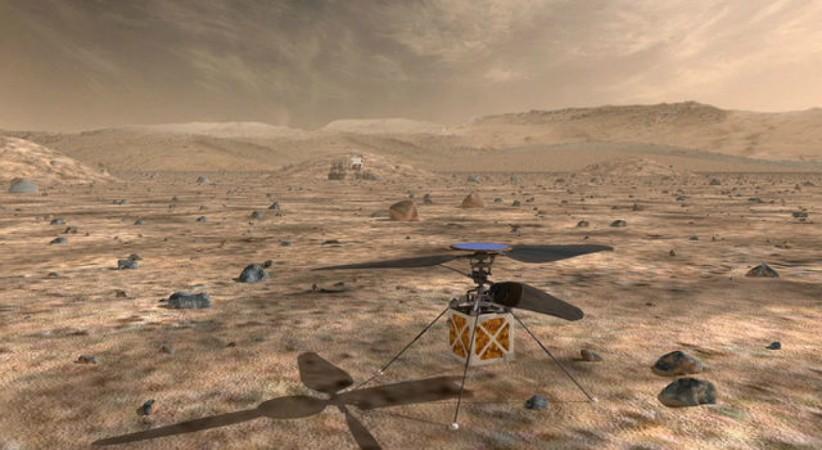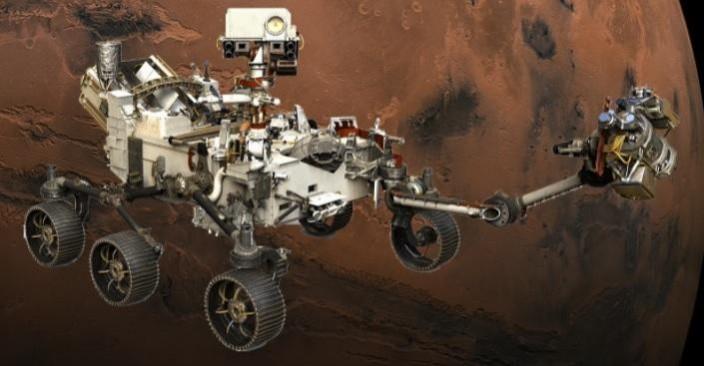NASA scientists and members of the Mars mission will discuss the US space agency's latest rover, which touches down on the Red Planet in a month's time on Feb. 18. Besides scientific experiments, the rover will also seek signs of ancient life on the Red Planet.
Ahead of the mission landing, a media briefing will be held on Wednesday, Jan. 27, at 4:30 p.m. EST (1:30 p.m. PST) to discuss the upcoming landing of the Mars 2020 Perseverance rover, said NASA. The event will air live on NASA TV, the agency's website, and YouTube.

As Mars rover Perseverance is set to land on Feb. 18, 2021 carrying new science instruments and technologies, including the Ingenuity Mars Helicopter on its belly, the team at NASA is likely to present the highlights of the mission. Though it's too early to presume what the mission can achieve, it is meant to bridge the gap for future Mars mission, including the manned mission a couple of decades later.
Unlike the earlier rovers to Mars, the new Perseverence rover is built to use a drill on the end of its robotic arm to capture rock and regolith (broken rock and dust) samples in metal tubes, which will be deposited on the surface of Mars. This will be a development from the lesson learnt from the failure of its previous rovers on the surface of the Mars. However, NASA is planning to send a future mission to collect these samples and return to Earth.
A key objective for Perseverance's mission on Mars is astrobiology, including the search for signs of ancient microbial life. The rover will characterize the planet's geology and past climate, pave the way for human exploration of the Red Planet, and be the first mission to collect and cache Martian rock and regolith, said NASA's Jet Propulsion Laboratory (JPL) in Pasadena, California, that has built the Perseverance rover and is monitoring its operations.

Subsequent missions, currently under consideration by NASA in cooperation with the European Space Agency, would send spacecraft to Mars to collect these cached samples and return them to Earth for in-depth analysis.
The Mars 2020 mission is part of a larger program that includes missions to the Moon as a way to prepare for human exploration of the Red Planet. Planning to send astronauts to the Moon again by 2024, NASA will establish a sustained human presence on and around the Moon by 2028 through its Artemis lunar exploration plans.

















